40 F. high in the Twin Cities yesterday (as of 9 pm).
23 F. average high on January 11.
38 F. high on January 11, 2012.
.25" rain fell yesterday.
Trace of snow on the ground in the Twin Cities.
30-40 mph wind gusts today.
-5 to -10 F. wind chill by Sunday morning.
Glass Half Full
Have a friend or family member you're trying to
coax back to Minnesota? Here's my spiel to new, fresh-faced
meteorologists wavering at the thought of living on The Tundra: "Winters
aren't what they used to be; Old Man Winter has lost a few teeth. Yes,
it still gets cold, but our nippiest days tend to be sunny, which helps.
Humidity levels are low. 15 F in Minnesota is tolerable. 15 F. in
Chicago, Boston or Manhattan is miserable, because you're surrounded by
water, with high humidity levels that allow the chill to penetrate your
clothing faster. That, and everyone has their own lake."
It's worth a shot.
Rain, less than a week from what is historically
the coldest weather of the year is a bit unnerving. According to
climate guru Mark Seeley roughly 40 percent of Januaries in the last 20
years have seen some rain in the Twin Cities.
The coldest airmass of winter will spill south
of the border, coming in waves. This weekend is the chilled appetizer.
The main course, with a few subzero nights, arrives late next week - but
no sustained subzero weather. Hey, it's January.
I'm worried about drought. The USDA has designated 597 counties in 14 states "Drought Disaster Areas".
Cold, But Not Subzero. All the models show a (big)
temperature tumble today, readings dropping 35 degrees in less than 24
hours, whipping up 20-40 mph winds that will create a wind chill below
zero by tonight. Readings thaw out by Wednesday before a second wave of
cold air comes south of the border.
Looks LIke January. Daytime highs range from 10-15
today, Sunday and Monday, again late next week and next weekend. I still
suspect the next 2-3 weeks will be the coldest of the winter. Not
record-setting, but a rude reminder that the latter half of January
often brings the coldest outbreaks of winter. No kidding.
Not Out Of The (Numbing) Woods Just Yet. My
confidence level in the GFS model is low. I'm including this to show you
(Exhibit A) how frustrating it can be tracking weather 1-2 weeks out.
The GFS has a history of hinting at bitter cold, and then pulling back
from the abyss with the core of the most bitter air tracking just north.
We will be close to the Mother Lode of negative numbers, so all bets
are off. A few rounds of bitter air are likely, but I still don't expect
record cold.
How Unusual Is Rain In January? It's actually more common than you might think. Here's an excerpt of Dr. Mark Seeley's
WeatherTalk Newsletter with details: "
In
the past 20 years there have been eight Januarys that have produced at
least one day with only liquid precipitation (rain) and no sleet,
snow, or freezing rain. In 1997 and 2006 there were two rain events in
January. So an estimate is that about 40 percent of the time we see a
rain event in January for the Twin Cities." (photo: NOAA).
Tracking The Trends. No, it's not getting as cold as
it did 30-50 years ago. Yesterday's blog had details of a consistent
warming trend (the map above showing the coldest nighttime lows at MSP
every winter as tracked by investment banker and rose enthusiast Jack
Falker in Edina). Today I expand on this, including looking at heating
degree day data from the NWS - via
YouTube.
Flu Myths: 7 Common Beliefs, Busted. Here's an interesting angle on the flu (epidemic) from
Huffington Post: "
As we face one of the earliest -- and most deadly -- flu outbreak in years, many are flooding emergency rooms and scrambling to get vaccinated. (Speaking of which, it's not too late!
Vaccinating in the fall, before flu season really kicks off, is most
effective, but experts still recommend getting the vaccine now.) A
crucial part of staying healthy -- this flu season and beyond -- is
staying informed. Click through the slideshow below to get the truth
behind some of the most common myths about the flu..."
Heat, Flood Or Icy Cold. Extreme Weather Rages Worldwide. Here's an excerpt of a
New York Times story: "
Brush fires are raging across Australia, fueled by a record-shattering heat wave. Pakistan was inundated by unexpected flooding in September.
A vicious storm bringing rain, snow and floods just struck the Middle
East. And in the United States, scientists confirmed this week what
people could have figured out simply by going outside: last year was the hottest
since records began. “Each year we have extreme weather, but it’s
unusual to have so many extreme events around the world at once,” said
Omar Baddour, chief of the data management applications division at the
World Meteorological Organization, in Geneva. “The heat wave in
Australia; the flooding in the U.K., and most recently the flooding and
extensive snowstorm in the Middle East — it’s already a big year in
terms of extreme weather calamity.”
Global temperature extreme map above courtesy of Ham Weather.
USDA Declares 597 U.S. Counties Drought Disaster Areas. Here's the introduction to a story from
The Guardian Express: "
U.
S. Agriculture Sec. Tom Vilsack indicated that the United States
Department of Agriculture has designated 597 counties in the United
States as primary natural disaster areas due to extended drought and
heat. This designation makes all qualified farm operators in these areas
eligible for low-interest emergency loans. This is just the 1st round
of disaster designations made by the US Department of Agriculture in
2013. “As drought persists, the USDA will continue to partner with
producers to see them through longer-term recovery, while taking this
with actions needed to help farmers and ranchers prepare their land and
operations for the upcoming planting season,” said Sec. Vilsack...."
* the latest U.S. Drought Monitor is
here.
USDA's Final Crop Report For 2012 Shows Farmers Lost About Quarter Of Corn To Ongoing Drought.
The Star Tribune has details - here's an excerpt: "T
he
federal government released its final crop report for 2012 on Friday,
detailing heavy losses caused by the worst drought the U.S. has
experienced since the 1950s. Much of the attention focused on corn,
which is widely used as an ingredient in many foods and as feed for
livestock. Farmers produced less than three-fourths of the corn the
U.S. Department of Agriculture anticipated when planting was done in
the spring. The year-end report shows a harvest of 10.78 billion
bushels, 27 percent less than the agency's initial estimate of 14.8
billion bushels. The harvest, however, was still one of the largest in
U.S. history. Farmers say better crop technology that improved the
ability of corn to withstand drought saved them from more devastating
losses, and production was helped by the large number of acres planted
this year..."
Parts Of Twin Cities Metro In USDA Plant Hardiness Zone 5.
As I mentioned in yesterday's blog (courtesy of Jack Falker in Edina)
our warming climate means that things are growing here that weren't
growing here a generation ago. Click here to see the latest USA map,
courtesy of
thebiopod.com.
Crazy Weather Down Under. Check out the "haboob"
images from Australia - and harrowing stories of entire families leaping
into nearby lakes to escape flames and "fire tornadoes". These are a
few of the symptoms of the worst heat on record for Australia and
Tasmania - details via
YouTube.
Melting Snow = Dense Fog. The photo above is from
the National Weather Service in Pittsburgh, Pennsylvania. As snow melts
the air near the ground becomes saturated; falling temperatures can cool
the air to the dew point and lazy clouds (fog) forms. More from the
NWS: "
Much warmer temperatures, a jump in higher dew points,
rainfall, and bit of breezy conditions all-together account for snow
melt. This is photo of fog forming due to snow melt outside our office.
With some locations experiencing wind, the fog can begin to move and
settle over certain areas..."
Technicolor Sunset. Thanks to Timothy Butz, who snapped this
photo
near his home in Ellicott City, Maryland, where temperatures may reach
the 60s and 70s tomorrow. By the end of next week the wind chill may
approach zero in this area. Enjoy the (fleeting) thaw!
The McMansion Of Tablets. I'm feeling a little insecure about my tablet right now, after getting a glimpse of this one, courtesy of
gizmag.com: "
Panasonic might be getting outshined a little at CES 2013 as competitors like LG and Samsung
show off their unique takes on 4K-resolution TVs, but that doesn't
mean it didn't find its own creative use for 4K technology. On the show
floor, the company demoed a new 20-inch tablet that runs Windows 8 on a
4K resolution ISP-alpha display..."
March In January. .71" of precipitation at
International Falls, the vast majority of it rain, on January 11. Yes.
Odd. HIghs reached the mid 30s to low 40s statewide, the combination of
warmth and rain eating away at what little snow we had left - down to 4"
at St. Cloud and Duluth, 1" in Rochester, a lousy "trace" at MSP
International Airport.
Paul's Conservation Minnesota Outlook for the Twin Cities and all of Minnesota:
TODAY: Blustery and much colder
under a mostly cloudy sky, falling temps. Winds: W 20-35. High: 18
(early - falling thru the teens during the day with a wind chill near
zero at times).
SATURDAY NIGHT: Parlty cloudy and numbing. Low: 4 (wind chill -10)
SUNDAY: Partly to mostly sunny. Character-building. Feels like -10 F. High: 12
MONDAY: Bright sun, light winds. Low: 3. High: 16
TUESDAY: Dim sun, not as numbing. Low: 8. High: 23
WEDNESDAY: Fleeting thaw. Make the most of it. Low: 17. High: 34
THURSDAY: Tumbling temperatures. Blue sky. Low: 9. High: 10
FRIDAY: Yukon-like early. Clouds increase with flurries possible. Low: -4. High: 12
Climate Stories...
Effects Of Climate Change Will Be Felt More Deeply In Decades Ahead, Draft Report Says.
The Washington Post has some breaking (climate) news; here's an excerpt: "...
The
report’s executive summary states that not only have extreme weather
and climate events become more frequent in recent years, “there is new
and stronger evidence that many of these increases are related to human
activities.” The report adds that these changes are exacting an
economic toll on infrastructure across the country; it also identifies
specific vulnerabilities in the Washington region, such as the
Chesapeake Bay, which it said was threatened by changing land use
patterns and the changing climate. Virginia Beach ranks among the nation’s “most vulnerable port cities,” according to the assessment, after Miami, the New York City area, New Orleans and Tampa-St. Petersburg...."
Photo credit: Washington Post. You can access the Draft Climate Assessment Report
here (series of large PDF files).
Report: Climate Change Triggers Extreme Weather Events.
Politico has the story; here's the introduction: "
Human
activities play a primary role in causing climate change, and evidence
is mounting that those changes will lead to more frequent extreme
weather events, according to a major draft report that will be released
later Friday. The draft of the third National Climate Assessment comes
as the Northeast continues to recover from devastation caused by
Hurricane Sandy and just days after the National Oceanic and
Atmospheric Administration said 2012 was the hottest year
on record in the contiguous United States. The draft report, which runs
more than 1,000 pages and was approved for release Friday by a federal
advisory committee, warns that “human induced climate change is
projected to continue and accelerate significantly if emissions of heat
trapping gases continue to increase...” (photo credit: AP).
Climate Change Doesn't Have To Mean The End Of The World. Here's an excerpt of a story at
The Atlantic: "
This
week the National Climate Data Center confirmed what most had long
believed: 2012 was the warmest year on record for the United States.
Ever. And not just a bit warmer: a full Fahrenheit degree warmer than
in 1998, the previous high. In the land of climatology statistics, that
is immense. In the understatement of one climate scientist, these
findings are "a big deal." Almost every news story reporting on this
juxtaposed the record with a series of disruptive climate events,
ranging from the drought that covered much of the United States
farmland and punctuated by Hurricane Sandy in its tens of billions of
dollars of devastation. Many also pointed out that eight of the 10
warmest years have occurred since 1990 (though it should be noted that
official records only extend to 1895). Not surprisingly, these
observations were almost always followed by warnings of more warming
and substantially worse consequences to come..."
Photo credit above: Reuters.
NASA Proves Global Warming Changes From Above. Here's a clip from
The Guardian Express: "
Starting
this month, NASA will send a remotely piloted research aircraft as
high as 65,000 feet over the tropical Pacific Ocean to probe unexplored
regions of the upper atmosphere for answers to how a warming climate
is changing Earth. The first flights of the Airborne Tropical Tropopause
Experiment (ATTREX), a multi-year airborne science campaign with a
heavily instrumented Global Hawk aircraft, will take off from and be
operated by NASA’s Dryden Flight Research Center atEdwards Air Force
Base in California. The Global Hawk is able to make 30-hour flights.
Water vapor and ozone in the stratosphere can have a large impact on
Earth’s climate. The processes that drive the rise and fall of these
compounds, especially water vapor, are not well understood..."
Hot Enough For You? Here's a portion of an Op-Ed from Eugene Robinson at
The Washington Post: "...
So
we’re going to deal with climate change whether we like it or not.
We’re going to spend many billions of dollars over the coming years
providing disaster relief in the wake of hurricanes and other
destructive weather events. If we’re a bit smarter, we’ll spend even
more to protect our coastal cities from storm surges of the kind that
devastated parts of New York. Investment in barriers and floodwalls will
ultimately save both money and lives. But if we were really smart,
we’d be talking about how to mitigate the ultimate damage by weaning
ourselves from coal, oil and other energy sources that produce carbon
emissions. We see what looks like disaster looming but don’t even talk
about it, because the politics of climate change are inconvenient.
Future generations will curse our silence."
How American Cities Are Adapting To Climate Change.
Think Progress
has a story about how cities are taking the lead on mitigating climate
change - also hardening infrastructure to make the symptoms of a warmer
atmosphere (more extreme heat and rainfall) less damaging: "
A new report
by the International Council for Local Environmental Initiatives
highlights twenty local government across the country that are taking
the initiative to combat global warming. The report follows up an
earlier survey
ICLEI did of 298 American cities, which found that 74 percent had
perceived changes in the climate — including increased storm intensity,
higher temperatures, and more precipitation. Almost two-thirds are
pursuing adaptation planning for climate change, compared to 68 percent
globally, and virtually all U.S. cities report difficulties acquiring
funding for adaptation efforts. (Only Latin American cities reported
similar levels of difficulty.) And over one-third of U.S. cities said
the federal government does not understand the realities of climate
change adaptation..."
Fox News Questions Whether Government Faked Hottest Year On Record.
O.K. Time to put on your tin-foil hat and hold hands with some
anti-science conspiracy theorists. These people need new hobbies. Here's
an excerpt from
Media Matters: "
A Fox News.com article
questioned whether 2012 was actually the hottest year on record,
quoting "skeptics" who suggest a government office is manipulating data
to fabricate proof of rising temperatures. In fact, statistical
adjustments made by the agency are required, publicly-documented changes
to correct for errors and known sources of bias in the raw data. In
January, the National Climatic Data Center (NCDC) announced that 2012 was the hottest year on record in the contiguous U.S. - an announcement that Fox News ignored until one of Fox News' few liberal commentators, Bob Beckel, tried to bring it up on The Five. Soon after, FoxNews.com reporter Maxim Lott
solicited the views of a few professional climate "skeptics" to claim
that scientists made unjustified data adjustments to exaggerate 2012's
heat..."
Explained In 90 Seconds: What Is Climate Change Doing To El Nino? Here's a snippet of a very interesting story (and video clip) from
Mother Jones: "...
For
the past seven years, Cobb and her lab team have been recontructing
the history of El Niño events across several millenia by taking core
samples from corals in the Pacific. That process has uncovered reams of
fresh climate data. And it's within this new, longer baseline of
temperatures from the tropical Pacific that Cobb spotted something
surprising: "The 20th century is significantly, statistically stronger
in its El Niño Southern Oscillation activity than this long, baseline
average," Cobb says. El Niño events have gotten worse.That led Cobb to
wonder: Is man-made climate change, and the level of carbon in the
atmosphere, shifting in El Niño events along with it? Or should we
chalk it up to coincidence?..."
New York Times Dismantles Its Environment Desk. The latest from
Inside Climate News; here's an excerpt: "
The
New York Times will close its environment desk in the next few weeks
and assign its seven reporters and two editors to other departments.
The positions of environment editor and deputy environment editor are
being eliminated. No decision has been made about the fate of the Green Blog,
which is edited from the environment desk. "It wasn't a decision we
made lightly," said Dean Baquet, the paper's managing editor for news
operations. "To both me and Jill [Abramson, executive editor], coverage
of the environment is what separates the New York Times from other
papers. We devote a lot of resources to it, now more than ever. We have
not lost any desire for environmental coverage. This is purely a
structural matter..."
Photo credit above: Scott Beale, flickr

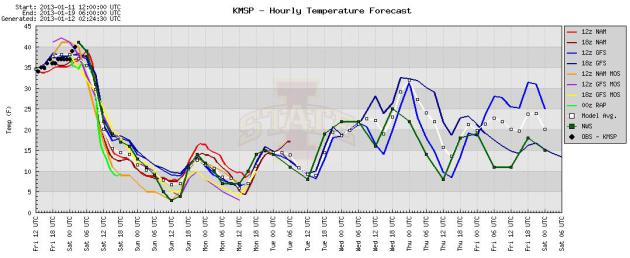

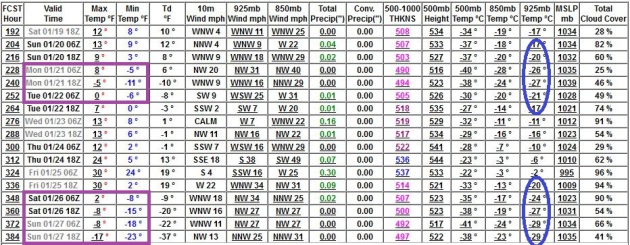
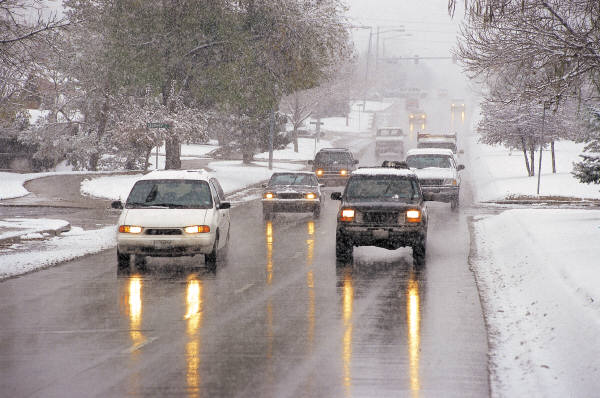
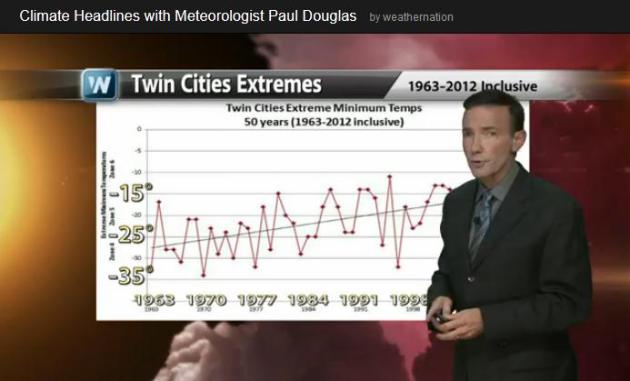

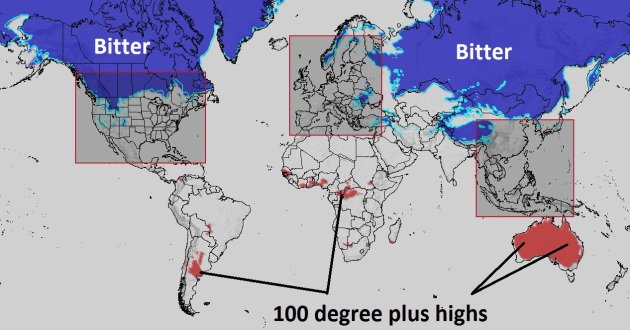
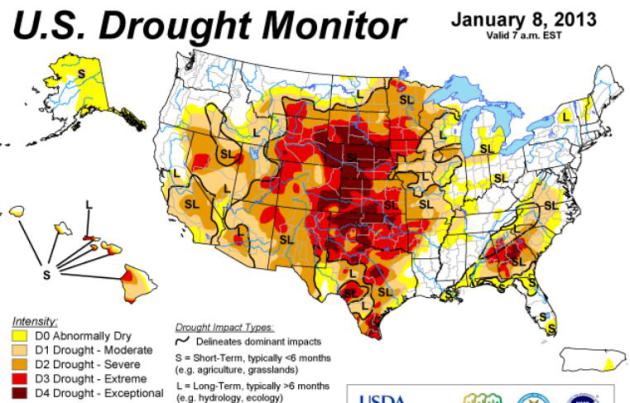
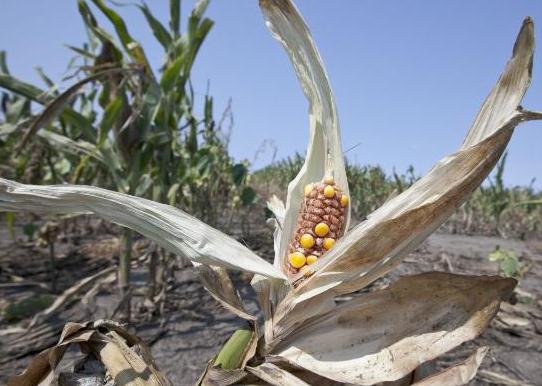
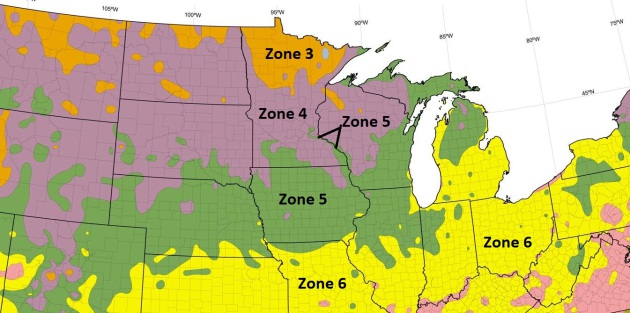
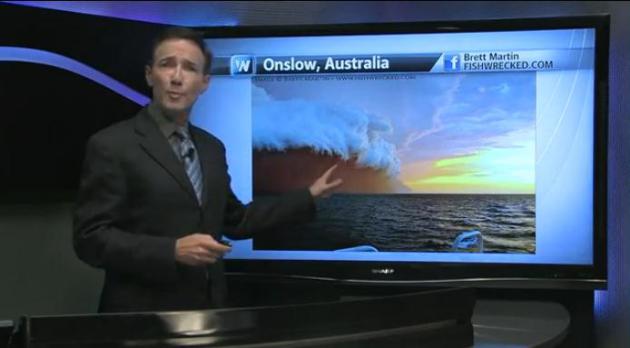
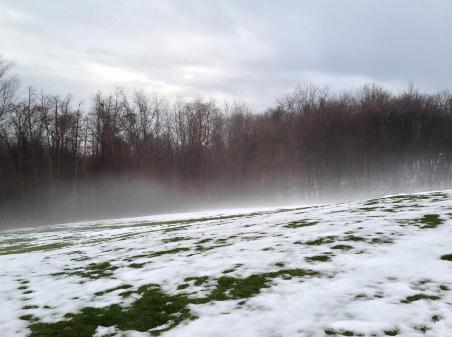
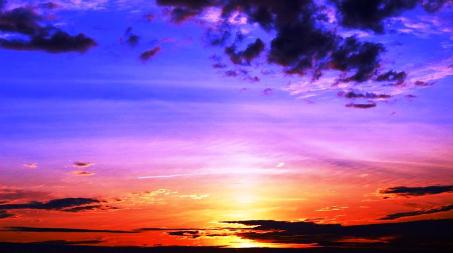





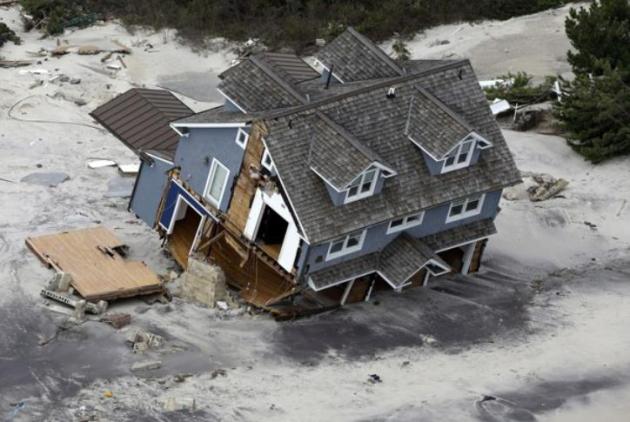

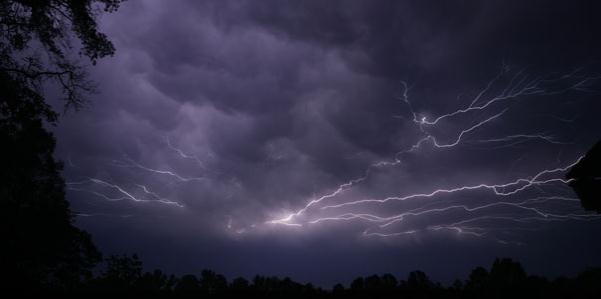
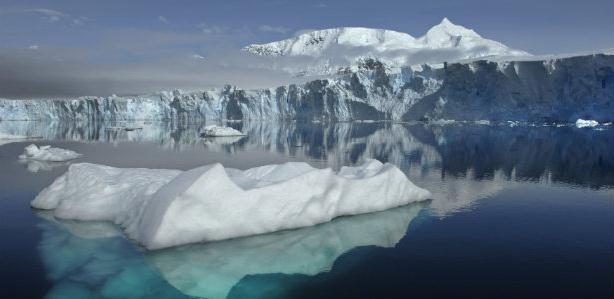






No comments:
Post a Comment